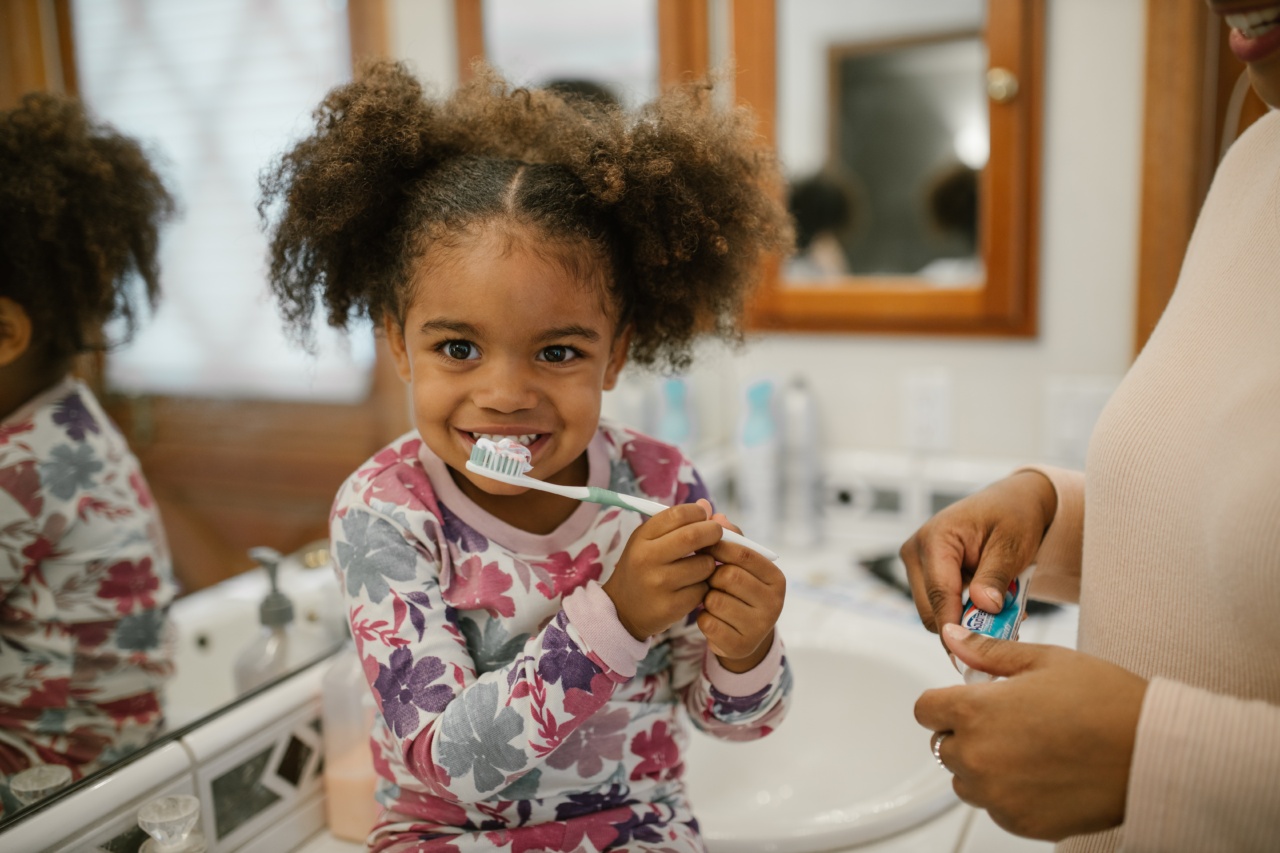Brushing your teeth is one of the most important daily habits to maintain good oral hygiene. It helps remove plaque, prevent cavities, and keep your gums healthy.
However, many people still struggle with maintaining a consistent brushing routine or have misconceptions about how often and how long they should be brushing.
The recommended brushing frequency
The American Dental Association (ADA) and dental professionals typically recommend brushing your teeth twice a day. This means brushing once in the morning and once before going to bed.
Brushing in the morning freshens your breath and removes the bacteria that have accumulated overnight. Brushing at night is crucial because it removes the buildup of plaque and food particles from throughout the day, preventing tooth decay and gum disease.
Some dentist may even suggest brushing after every meal, especially if you have a higher risk of cavities or gum problems. However, brushing after meals may not always be practical, especially when you’re away from home or at work.
In such cases, rinsing your mouth with water or chewing sugar-free gum can help remove some of the food particles and reduce the acidity in your mouth until you can brush properly.
How long should you brush?
Brushing your teeth for an adequate amount of time is equally as important as brushing frequency. The ADA recommends brushing for a minimum of two minutes each time.
Studies have shown that most people spend less than a minute brushing their teeth, which is significantly shorter than the recommended time.
Two minutes may feel longer than you think, so consider using a timer or an electric toothbrush with a built-in timer to ensure you brush for the recommended duration.
Dividing your mouth into four quadrants and spending equal time on each can also help ensure you brush all surfaces of your teeth thoroughly.
Proper brushing technique
While the frequency and duration of brushing are crucial, the technique you use while brushing is equally important. Here are some tips for maintaining a proper brushing technique:.
1. Choose the right toothbrush
Use a toothbrush with soft bristles to avoid damaging your tooth enamel and gums. Electric toothbrushes can also be a great option as they provide better plaque removal.
2. Use the right amount of toothpaste
A pea-sized amount of toothpaste is sufficient for effective cleaning. Using too much toothpaste can lead to excessive foam and make brushing uncomfortable.
3. Hold your toothbrush at a proper angle
Hold your toothbrush at a 45-degree angle to your gums. This allows the bristles to reach the gum line and clean adequately. Brush in gentle, circular motions rather than scrubbing back and forth.
4. Brush all surfaces of your teeth
Make sure to brush the outer, inner, and chewing surfaces of your teeth. Don’t forget to gently brush your tongue as well, as it can harbor bacteria and contribute to bad breath.
5. Don’t forget to floss
Brushing alone cannot remove all the plaque and food particles between your teeth. Flossing is essential for cleaning those hard-to-reach areas. Incorporate daily flossing into your oral hygiene routine for optimal results.
The consequences of inadequate brushing
Not brushing your teeth properly or often enough can lead to various oral health problems. Without regular brushing, plaque buildup increases, leading to tooth decay, cavities, and gum disease.
Plaque, a sticky film of bacteria, produces acids that attack tooth enamel. Over time, this can result in enamel erosion and the formation of cavities.
Gum disease, also known as periodontal disease, occurs when the plaque hardens into tartar, leading to inflammation and infection of the gums.
It can cause symptoms such as gum bleeding, bad breath, receding gums, and eventual tooth loss if left untreated. In addition to oral health issues, poor oral hygiene has also been linked to other systemic health conditions, including cardiovascular disease and respiratory problems.
Conclusion
Brushing your teeth is an essential part of maintaining good oral hygiene. The recommended brushing frequency is twice a day, but some individuals may require more frequent brushing based on their specific oral health needs.
Brushing for at least two minutes each time and using proper technique ensures effective plaque removal and prevents dental problems in the long run. Remember to choose the right toothbrush, use an adequate amount of toothpaste, and brush all surfaces of your teeth. Don’t forget to incorporate flossing into your daily routine for comprehensive oral care.
By prioritizing regular and proper brushing, you can enjoy a healthy and beautiful smile for years to come.




























